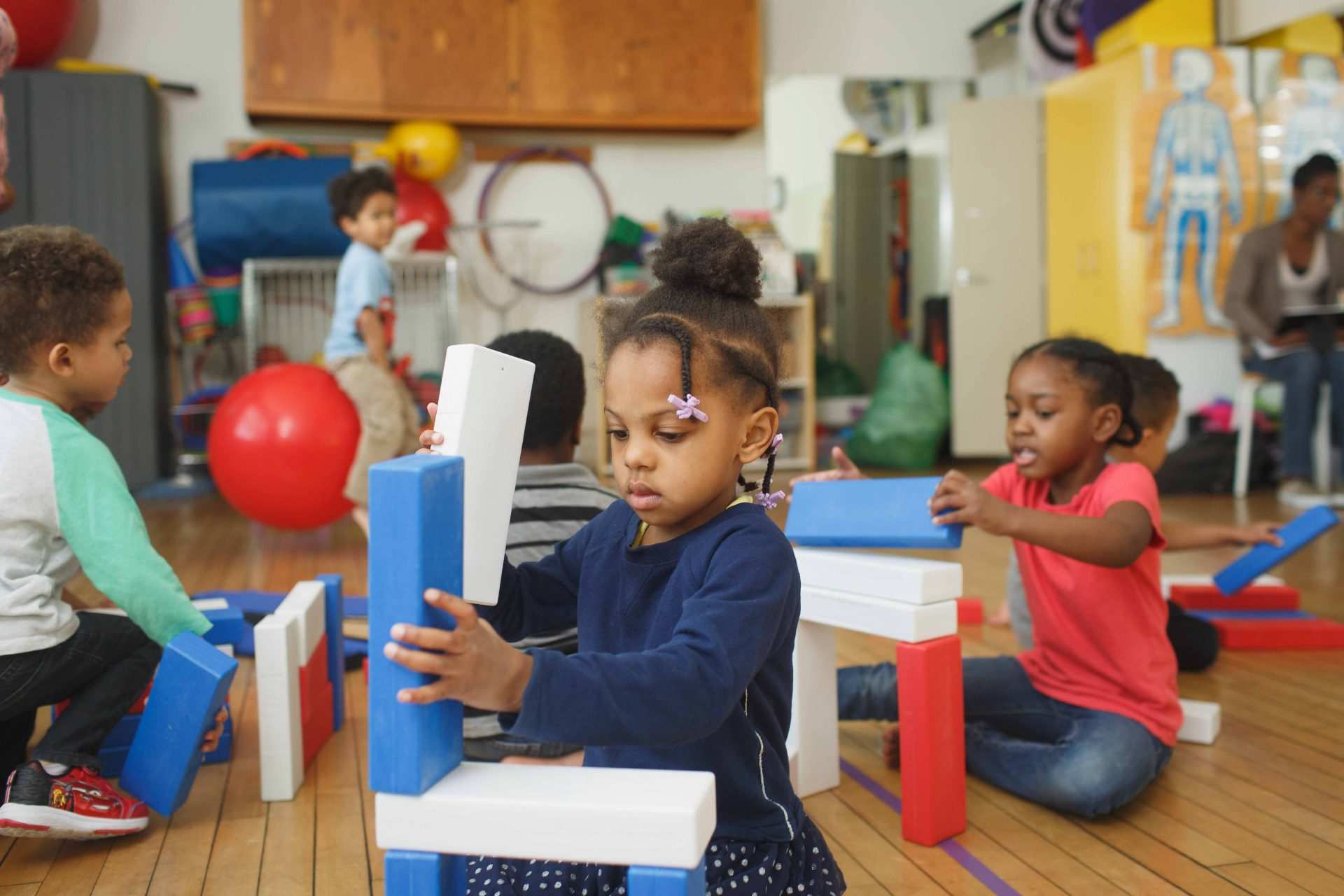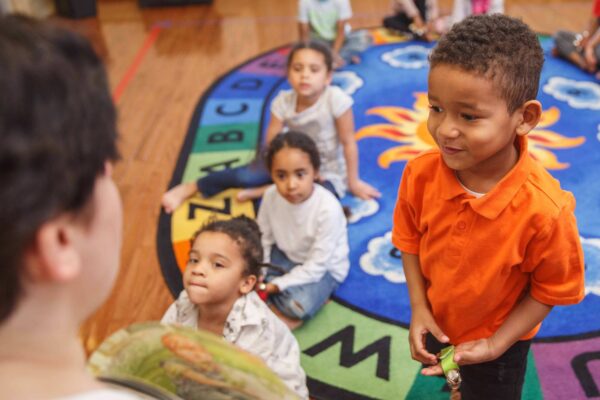Kaleidoscope Research


Conducted by Dr. Eleanor D. Brown, Professor of Psychology, and students at West Chester University.
Study #1 (published in 2009 in Early Childhood Research Quarterly)
Arts enrichment and school readiness for children at risk
Eleanor D. Brown, Barbara Benedett, M. Elizabeth Armistead
Kaleidoscope students practiced school readiness skills through early learning, music, creative movement, and visual arts classes. Students who attended the preschool for two years demonstrated higher achievement than those who attended for one year, suggesting that maturation alone did not account for achievement gains. Kaleidoscope students were also compared to those attending a nearby alternative on a measure of receptive vocabulary that has been found to predict school success. At the end of one year of attendance, Kaleidoscope students showed advances three times higher in “receptive vocabulary,” a key predictor of school success, than those at the comparison preschool.
Study #2 (published in 2013 in Early Childhood Research Quarterly)
Arts enrichment and preschool emotions for low-income children at risk
Eleanor D. Brown, Kacey L. Sax
Kaleidoscope students experience 60% more interest, happiness, and pride in music, dance, and visual arts classes, as compared to traditional early learning classes. Second, children at Kaleidoscope showed greater observed positive emotions than peers attending a comparison preschool that did not include full integration of the arts. Third, across the school year, children at Kaleidoscope showed greater growth in teacher-rated levels of positive and negative emotion regulation.
Study #3 (published in 2016 in Child Development)
Can Arts Get Under the Skin? Arts Classes and Cortisol Levels for Economically Disadvantage Preschool Children
Eleanor D. Brown, Mallory Garnett, Kate Anderson, Jean-Phillipe Laurenceau
Kaleidoscope students showed decreased levels of cortisol – a stress-indicating hormone, often correlated with economically-disadvantaged backgrounds – following classes in music, dance and visual arts when compared with regular classroom instruction. The results indicate that the arts have the ability to “get under the skin” of participants and that integrating the arts could enhance the effectiveness of other Head Start-based programs.
Study #4 (published in 2018 in Early Childhood Research Quarterly)
The Art of Head Start: Intensive arts integration associated with advantage in school readiness for economically disadvantaged children
Eleanor D. Brown, Mallory L. Garnett, Blanca M. Velazquez-Martin, Timothy J. Mellor
Children in Kaleidoscope showed greater gains in school readiness compared to their peers in a Head Start program that didn’t include arts classes. Findings suggest that the arts can add value to Head Start preschool and can be a vehicle for equalizing educational opportunities for young, economically disadvantaged children.
This research was also featured in a November article in Education Dive.
Learn more about Settlement’s Kaleidoscope Preschool Arts Enrichment Program.

Dr. Eleanor D. Brown
Eleanor D. Brown is a Professor of Psychology at West Chester University, where she directs the Early Childhood Cognition and Emotions Lab (ECCEL). Dr. Brown is internationally recognized for her scholarship on children in poverty, as well as her research on arts programming.
For the past several years, Dr. Brown has partnered with Settlement Music School’s Kaleidoscope Arts Enrichment Preschool to study arts’ impact.
The leading journal Early Childhood Research Quarterly published her 2010 paper on “Arts Enrichment and School Readiness” and her 2012 paper on “Arts Enrichment and Preschool Emotions.”
Dr. Brown’s research on the arts and cortisol for economically disadvantaged children has been funded through the NEA Art Works Research grants program.